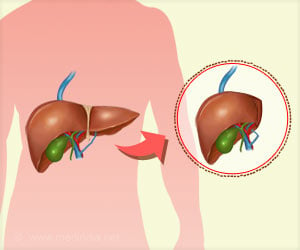The composite nature of our limbs, which has muscles, bone, cartilage, tendons, nerves etc, makes building a functional biological replacement challenging.

"The composite nature of our limbs makes building a functional biological replacement particularly challenging," said senior study author Harald Ott from the Massachusetts General Hospital (MGH).
Limbs contain muscles, bone, cartilage, blood vessels, tendons, ligaments and nerves - each of which have to be rebuilt and require a specific supporting structure called the matrix.
"We have shown that we can maintain the matrix of all of these tissues in their natural relationships to each other, that we can culture the entire construct over prolonged periods of time and can repopulate the vascular system and musculature," Ott said.
The authors added that although prosthetic technology has greatly advanced, the devices still have many limitations in terms of both function and appearance.
Over the past two decades a number of patients have received donor hand transplants, and while such procedures can significantly improve quality of life, they also expose recipients to the risks of life-long immuno-suppressive therapy.
Advertisement
Functional testing of the isolated limbs showed that electrical stimulation of muscle fibers caused them to contract with a strength 80 percent of what would be seen in newborn animals.
Advertisement
The research team also successfully decellularized baboon forearms to confirm the feasibility of using this approach on the scale that would be required for human patients.
The findings appeared online in the journal Biomaterials.
Source-IANS










